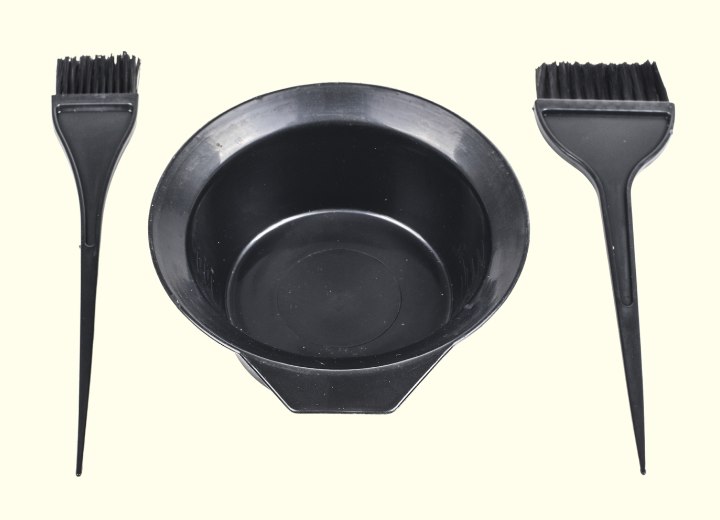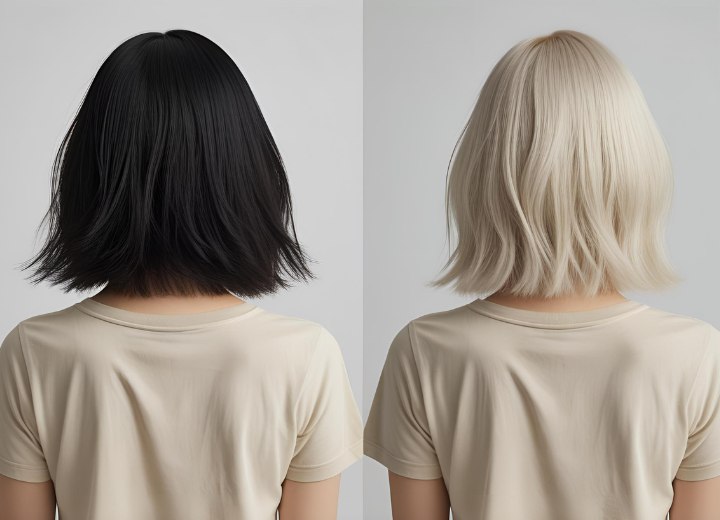From Black to Platinum Hair

For the past 6 months or so I have been dying my naturally light brown hair a black color with a level 2 hair dye. So, it isn't permanent, but the black on my lighter hair does not fade and I mostly just retouch the roots. Lately, I have been wanting to bleach it platinum and then maybe do some bright funky colors. Since my hair is in relatively good condition, I am not too worried about bleaching it, but I do wonder if its possible to go from black to platinum.
Years ago, I had dyed black permanent dye over bleached hair, and my stylist told me I couldn't go any lighter than a medium copper, but that hair is all grown out and my hair now has only ever been dyed with level 2 dyes.
I would appreciate any advice or information you can give me, as the only information I can find is either about lightening permanent dyes or merely lightening back to the natural color. Thank you!
That being established, you need to consider the way hair color works. The color of you hair is determined by the amount of pigmentation in the hair. These pigments can be either naturally occurring - melanin - or chemically introduced through hair color applications. The more molecules of pigment that are present in the hair, the darker the color will be. The exact tones and shading of the color depend on the types of pigment.
In order to make a person's natural hair color darker, you must add pigment molecules, and in order to lighten the hair color you must disperse these pigment molecules. On the whole, adding pigment molecules is generally less stressful on the hair than dispersing them, and in some cases can leave the hair looking and feeling healthier.

It doesn't matter whether the pigments are naturally produced or chemically applied. Taking the hair from a dark original color to the lightest end of the spectrum is extremely hard on the hair. It is so hard in fact that most stylists refuse to lighten the hair beyond a certain point due to the level of damage that will result.
For clients who really want to go from one color extreme to another, a stylist may work with him or her to arrange a schedule of services to take the hair from dark to very light in stages, with time in between to reparative therapies and conditioning.
Your best bet is to talk to your stylist about this type of planning and take your hair to the color you ultimately want in stages. The alternative is to risk seriously damaging your hair, which is not something I think you want.
©Hairfinder.com
See also:
The hair color levels and peroxide developer
Bleach black hair to apply blonde flashes